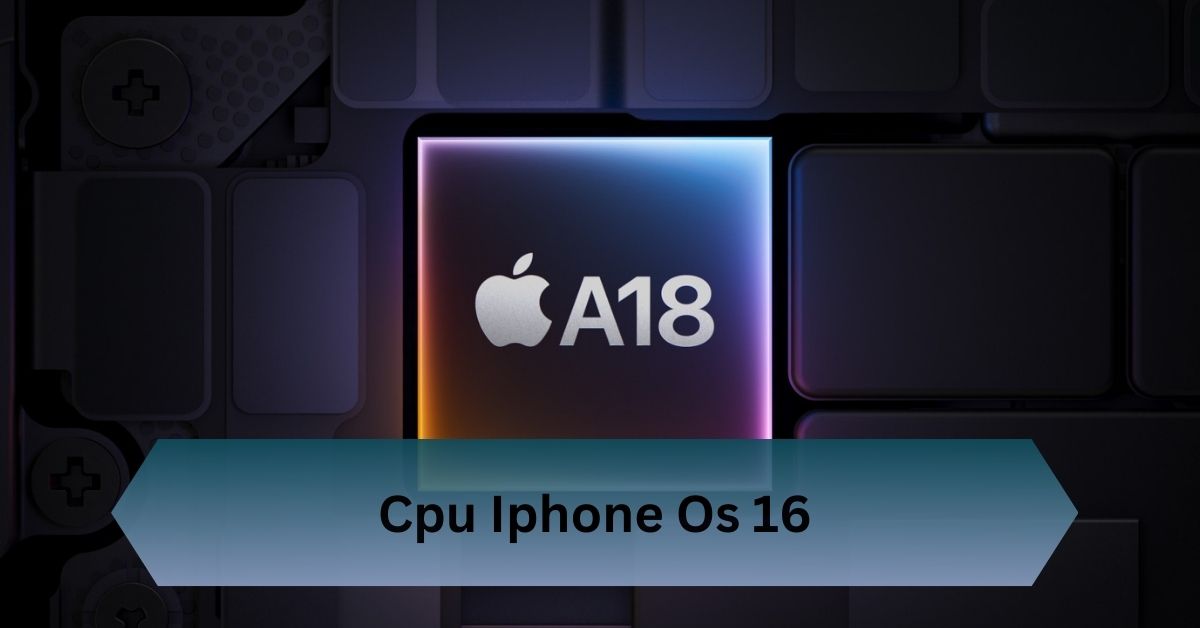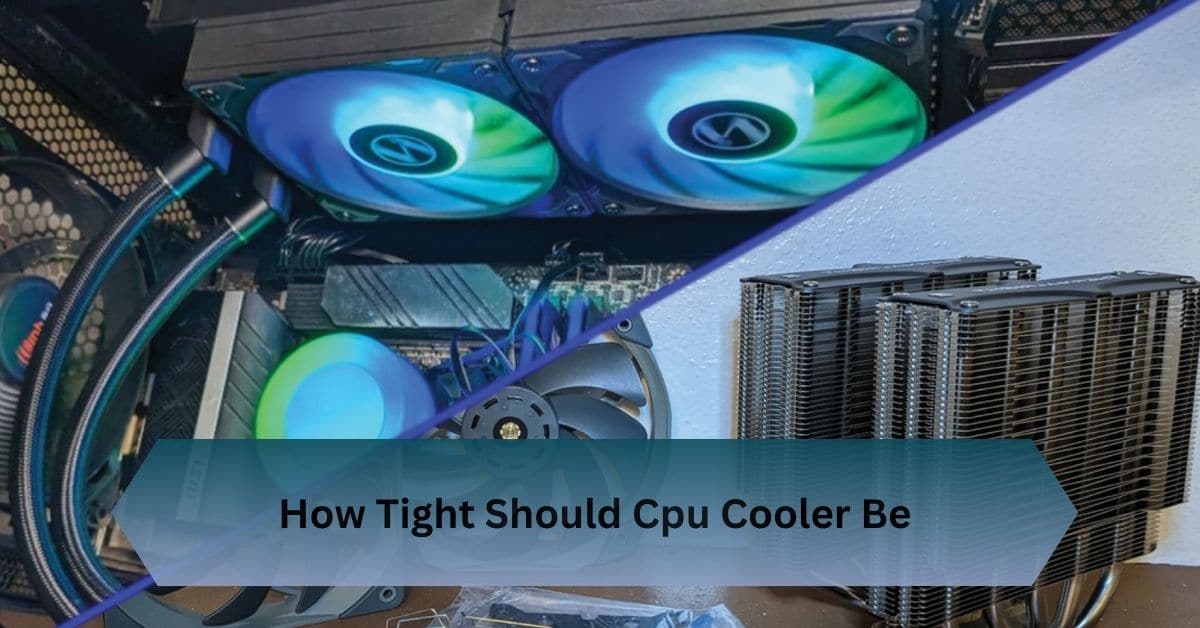In the fast-paced world of computing, the need for high-performance hardware has never been greater. Whether you’re a gamer, a video editor, or a data scientist, having a powerful processor is crucial. But what if your current system isn’t powerful enough?
An external CPU processor boosts a computer’s speed via USB–C, Thunderbolt, or PCIe, enhancing gaming, rendering, and multitasking without internal upgrades.
Boost your PC’s power with an external CPU processor—faster gaming, smoother rendering, and ultimate multitasking without an upgrade!
Table of Contents
What Is an External CPU Processor?
An external CPU processor is a standalone processing unit that connects to a computer externally, rather than being integrated into the motherboard.

It provides additional computational power, helping to handle complex tasks such as gaming, rendering, and AI computations.
Difference Between Internal and External Processors
| Feature | Internal CPU | External CPU |
| Location | Mounted inside the PC/laptop | Connects externally via USB-C/Thunderbolt |
| Performance | High speed, direct connection | Potential latency due to external connection |
| Upgradability | Requires disassembling | Easily interchangeable |
| Cooling System | Typically air or liquid cooling | Requires additional cooling solutions |
How External Processors Improve Performance?
External CPU processors enhance computing power in several ways:
- Offloading heavy computational tasks.
- Reducing strain on the internal processor.
- Enhancing multitasking capabilities.
- Enabling high-performance computing on portable devices.
Read Also: Cpu Ratio Offset When Running Avx – Best Settings!
Why Use an External CPU Processor?
1. Enhancing Computational Power:
External CPUs allow users to execute demanding applications without upgrading their internal hardware. This is especially useful for professionals who need high-speed processing for tasks like machine learning, AI development, and large-scale data analysis.
2. Improving Gaming and Rendering Performance:
Gamers and content creators often require high-performance CPUs to handle real-time rendering and fast-paced graphics. External processors can boost frame rates, reduce lag, and enhance overall gaming experience.
3. Extending the Lifespan of Existing Hardware:
Instead of replacing an old computer, adding an external CPU can breathe new life into it. This can be a cost-effective solution for those who want better performance without spending on a brand-new system.
Read Also: Why Is Mac Cpu Underperforming – Top Causes & Easy Fixes!
Types of External CPU Processors
- Dedicated External Processors: These are standalone CPUs designed specifically for external use, offering high-performance computing in a compact form.
- Cloud–Based CPU Processing: Instead of a physical CPU, users can access computing power remotely through cloud services like Google Cloud, AWS, and Microsoft Azure.
- External GPUs with CPU–Like Features: Some external GPUs (eGPUs) come with processing capabilities that assist in computation-heavy tasks beyond just graphics rendering.
Key Features to Look for in an External CPU Processor
When shopping for an external CPU processor, there are several factors to consider. Choosing the right one can make a significant difference in performance, compatibility, and long-term usability.

1. Processing Power & Cores:
- External CPUs come with different core configurations—dual-core, quad-core, hexa-core, and more.
- Higher core counts help with multitasking and demanding applications like video rendering and gaming.
- Clock speed (measured in GHz) determines how fast the CPU processes instructions.
2. Compatibility with Devices:
- Not all external CPUs are universally compatible. Some work only with Windows, while others are designed for macOS or Linux.
- Check if the CPU can connect to your laptop, desktop, or even gaming console.
3. Portability & Size:
- Some external CPUs are compact and portable, while others are bulkier but more powerful.
- If you travel often, a smaller, lightweight processor might be more convenient.
4. Cooling Mechanism:
- External CPUs generate heat and require efficient cooling.
- Some models have built-in air cooling, while others support liquid cooling solutions.
5. Connectivity Options:
- Most external CPUs use USB-C, Thunderbolt, or PCIe connections.
- Thunderbolt 4 and PCIe offer the fastest data transfer rates, minimizing latency.
How to Set Up an External CPU Processor?
Setting up an external CPU requires careful planning. Follow these steps for a smooth installation:

Step 1: Check Compatibility
- Ensure your computer supports external CPU connections (USB-C, Thunderbolt, PCIe).
Step 2: Gather Required Accessories
- External CPU unit.
- Compatible cables (Thunderbolt/USB-C/PCIe).
- External power adapter (if required).
- Cooling system (air or liquid cooling).
Step 3: Connect the External CPU
- Plug in the CPU using the appropriate port.
- Install any necessary drivers or software for compatibility.
Step 4: Configure System Settings
- Adjust system settings to recognize the external processor.
- Optimize performance through BIOS or system preferences.
Step 5: Test Performance
- Run benchmark tests to ensure the CPU is working correctly.
- Monitor temperature and performance levels.
Read Also: Rpcs3 Cpu Tier List – Ultimate Performance Guide!
Challenges and Limitations
Despite the potential, several challenges hinder the development of consumer-grade external CPUs:
1. High Latency Issues:
- Data transfer between an external CPU and a computer introduces latency.
- Unlike GPUs, which process visual data in parallel, CPUs handle serial tasks where delays are more noticeable.
2. Power and Cooling Constraints:
- CPUs generate significant heat and require complex cooling solutions.
- External CPU enclosures would need powerful fans or liquid cooling, making them bulky.
3. Compatibility and Software Optimization:
- Current operating systems and software are not designed to utilize an external CPU.
- Developers would need to create new frameworks to support external processing.
Are External CPUs the Future of Computing?
While the concept of external CPUs is technically possible, it faces numerous hurdles before becoming mainstream.

Unlike external GPUs, which work well due to the parallel nature of graphics processing, CPUs require ultra-fast, low-latency connections to be practical.
However, modular computing advancements and high-speed interconnects like PCIe 5.0 and Thunderbolt 5 may bring this concept closer to reality.
Possible Future Developments:
- Modular PCs where users can swap CPUs like external drives.
- AI-powered task delegation, where specific computations are offloaded to an external CPU for faster processing.
- Hybrid setups, combining cloud-based and external physical CPUs for optimal performance.
Frequently Asked Questions:
1. Can I use an external CPU with any laptop?
Not all laptops support external CPUs. Check your device’s ports and compatibility.
2. Are external CPUs worth it for gaming?
Yes, they improve FPS, reduce lag, and enhance overall gaming experience.
3. How much does an external CPU processor cost?
Prices range from $300 to $2,000+, depending on performance and features.
4. What are the best brands for external processors?
Intel, AMD, and Apple are top choices.
5. How do I maintain an external CPU for longevity?
Regularly clean the unit, ensure proper cooling, and update drivers.
Conclusion:
An external CPU processor enhances a computer’s speed via USB–C, Thunderbolt, or PCIe, improving gaming, rendering, and multitasking while eliminating the need for internal upgrades.
Related Posts:










